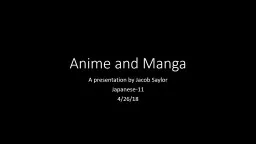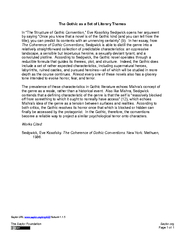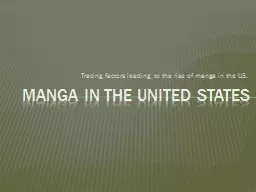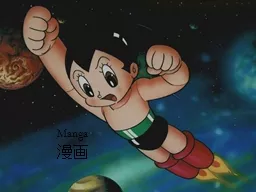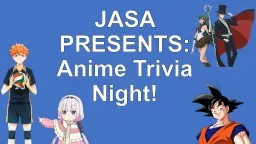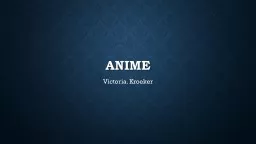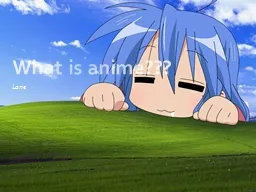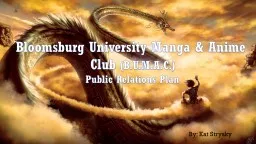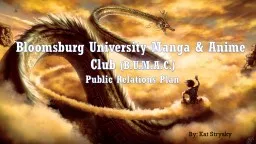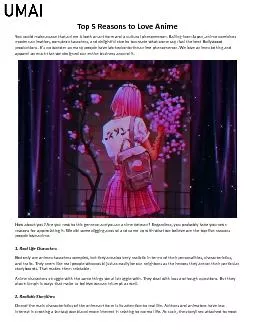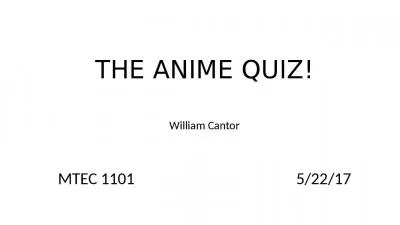PPT-Anime and Manga A presentation by Jacob Saylor
Author : sherrill-nordquist | Published Date : 2018-11-14
Japanese11 42618 What is Anime and Manga Anime and Manga are part of one of Japans largest export Pop Culture A very broad definition used by many Americans is that
Presentation Embed Code
Download Presentation
Download Presentation The PPT/PDF document "Anime and Manga A presentation by Jacob ..." is the property of its rightful owner. Permission is granted to download and print the materials on this website for personal, non-commercial use only, and to display it on your personal computer provided you do not modify the materials and that you retain all copyright notices contained in the materials. By downloading content from our website, you accept the terms of this agreement.
Anime and Manga A presentation by Jacob Saylor: Transcript
Download Rules Of Document
"Anime and Manga A presentation by Jacob Saylor"The content belongs to its owner. You may download and print it for personal use, without modification, and keep all copyright notices. By downloading, you agree to these terms.
Related Documents

